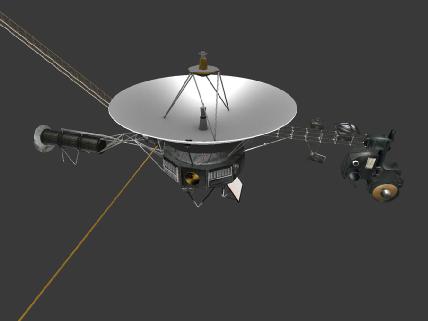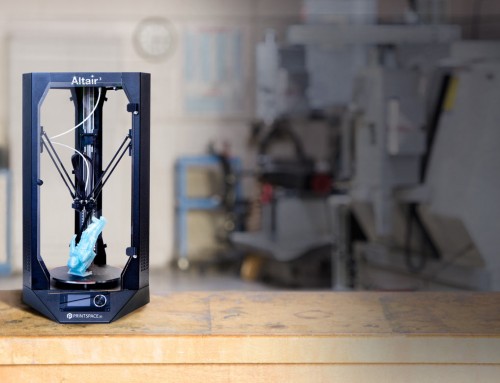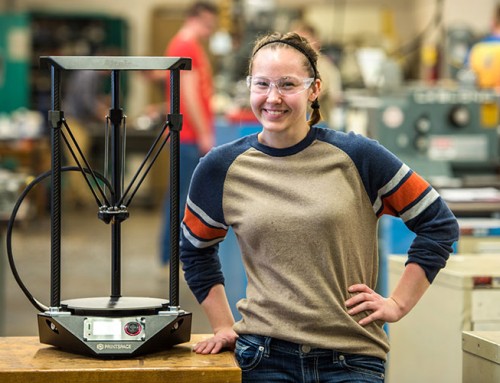NASA recently released a small library of models in 3D-printable formats that includes a variety of spacecraft, extraterrestrial objects, and landscapes. For the space-enthusiast, this provides 21 new things to print for fun from the authority on space exploration. Here are just four of the models they offer for download as both .stl and blender files
Cassini
One of the most iconic images of outer space is Saturn with its rings. The Cassini-Huygens has studied this giant and its many moons since 2004. In 2005 it sent down the Huygens probe to the moon Titan, and in 2014 reported that there maybe an underground ocean of liquid water in the moon Enceladus. The NASA models of the Cassini Satellite can be downloaded here.
Voyager
Launched in 1977, the Voyager 1 is the farthest reaching spacecraft from Earth. It has become a symbol of our farthest reach into space, showing up in science fiction as one of mankind’s most distantly traveled artifacts. After passing Jupiter and Saturn in late 1980, it has continued to travel, entering interstellar space in 2012. Models of it can be found here.
Kepler
As researchers sift through data, details of planets beyond our solar system are steadily discovered. One of the major instruments for this research is the Kepler space observatory. This high powered telescope monitored the stars from its launch in 2009 until 2012, when a set of malfunctions made pointing the telescope impossible. Last November NASA announced that they are planning on utilizing the still working portions of the spacecraft to monitor dimmer red-dwarf stars for habitable planets. You can find the NASA models for this satellite here.
Pioneer
Pioneer 10 was sent to Jupiter to perform the first dedicated investigation of the jovian system (Jupiter and its moons). It completed this, and continued on out of our solar system. In 2003, we lost radio contact with it. This occurred 12 billion miles away from Earth. You can download its models here.
It’s worth noting these models are simply scaled down versions of NASA’s originals. At the bottom of each download page they acknowledge that although they’ve been made to fit a typical sized print-bed (their longest dimension is 4 inches), they do not include supports for printing and will probably take some tinkering to print correctly. They seem open to tweaks and adjustments though, and provide contact information if you’re interested in helping make the models better. NASA has been embracing the public interest in 3D printing, and I would predict that we only see more models of these wonderful pieces of technological history in the future.





